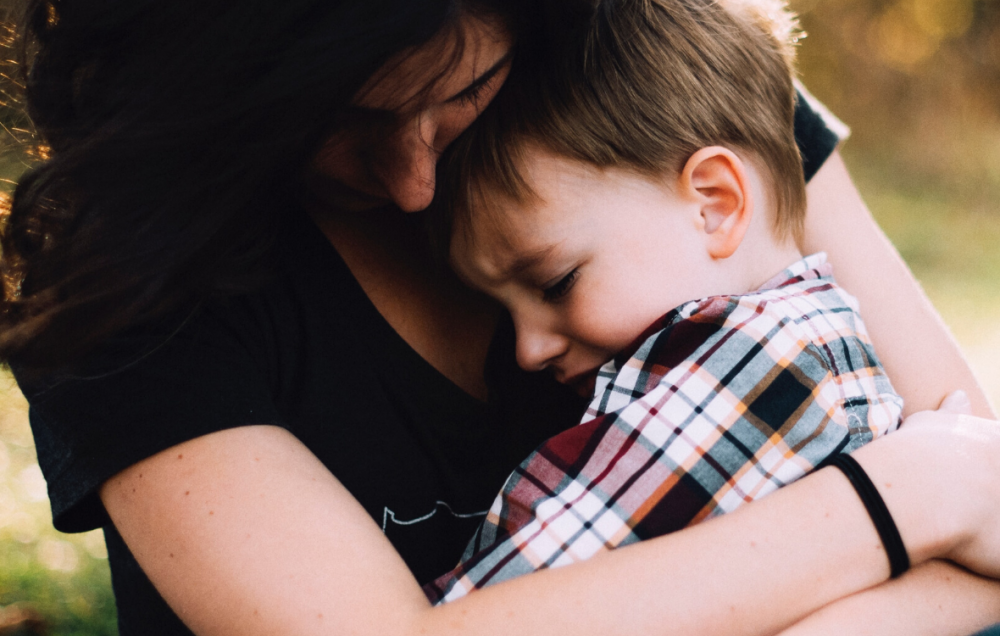As a parent you have untapped power to positively influence your child’s thinking in a variety of ways. You may have heard of the Pygmalion effect. Research shows that human beings respond to what others expect from them. Parents’ expectations and how they interface with their kids have long term effects on how they think, relate to others and view themselves. Words are more than words. What you choose to say out loud, will shape your child’s thinking, so why not use this to their advantage?
Framing
On a rare plane trip in these COVID lockdowns, I was seated in front of parents with two daughters around two and four years old. Throughout the trip they read books and chatted explaining everything that was going on. The descent into Maroochydore was one of those nerve-wracking dives where the plane lurches perilously. Rather than telling the girls to hold on and grit their rattling teeth, they made it seem like fun. ‘Wow this plane sure is bumpy! It feels like a trampoline. The pilot’s very clever!’ The girls giggled and one said, ‘Yeah, we’re lucky to have a good one!’
The parents were framing the experience. Besides the education about different staff and flight routines their daughters also learnt about attitudes to life. I’m sure you’ve heard of the glass half full or empty scenario. Demonstrating an optimistic mindset, expressing gratitude and focusing on the positives in situations are mirrored by our children.
As an educator, framing effects in families were evident to me. Once, a three-year old child spilt his drink. Rather than laugh, his mate took his hand, saying, ‘Never mind, Ollie’, and led him to a small table where a jug of water and tumblers were accessible to children. Empathy rather than derision had been the framing in his family.
Don’t argue with the Amygdala
Empathy is a great segue to discussing emotions. Young children experience emotion as tumultuous and overwhelming. Out of control they are in fight or flight. (Often more fight than flight!) This response originates in two clusters of cells near the base of the brain called amygdala. When used appropriately fight or flight is a survival mechanism to escape imminent danger. In children it is a short explosive fuse.
Over time, we want our children to override the messages form the amygdala and respond to events using their thinking brain, or pre-frontal cortex. They need to both think about and feel emotions. Your words help them to recognise and label them. Just as children mirror optimism, they also learn how to respond to stress from you. They’ll benefit from hearing you say, ‘I feel frustrated this morning, because I so wanted to go for my run, and now I have to wait for the stove repairman to come. It’s annoying that they can’t give me a time. Anyhow, I suppose I can bake that special cake for Timmy’s birthday. Won’t that be a lovely surprise and make him happy!’
In voicing your thoughts out loud, you are providing not only labels for several emotions, but also demonstrating a reflective process and strategy for overcoming negative feelings.
Coping strategies are best learned when children are in a calm, receptive mood. There’s no use arguing with the amygdala! Work with them after the meltdown. Acknowledge and identify their feeling and plan some strategies for the next time they’re hit with it. With more knowledge, they manage themselves better and recognise emotion in others, which is good for socialisation.
Mastermind communication for logical thinking
Besides using your out- loud conversations to teach emotions, you can also boost children’s scholastic thinking. Much of what they learn at school needs to be inferred. Children read or hear, ‘The red-faced boy rapped desperately at the door, knowing that there was no time to lose.’ You know the boy is red-faced from exertion, that rapping is different from politely knocking and that losing time, isn’t dropping your watch! As you negotiate the world, your brain continuously creates snap invisible connections between things. Mostly the connections are based on knowledge stored in your long-term memory. Because children have limited experience, they first need to establish this knowledge and your verbalisation can support then to establish logical relationships.
When you’re sewing, fixing the car, reading a map or baking, explain why you are doing things. It’s remarkable how much maths, science, common sense and plain old know-how is passed on this way! ‘I’m going to add flour to the gravy because it thickens the sauce. But first I’m going to make a smooth paste of flour with cold water. If I add the flour all powdery, it won’t mix in well and the gravy’ll be lumpy.’ Or, ‘Tomorrow morning, Katie has swimming and we have to leave very early. What if you organise all your things for school and put them in the car now? That way, you won’t have to rush tomorrow. I’m also going to put my clothes out to save time, and I’m packing the lunch boxes. If you do your job, I’ll add the lime jelly you like in your lunchbox. That way, we won’t be late. Do you think that’s a good idea?’
Besides the actual information, these sentences also introduce good thinking skills like planning, recall, organisation, understanding causation, projecting consequences and time management.
As often as you can, think and link out loud.
To view on YouTube:

Lili-Ann Kriegler (B. A Hons, H. Dip. Ed, M.Ed.) is an education consultant and author of Edu-Chameleon. Lili-Ann’s primary specialisations are in early childhood education (birth-9 years), leadership and optimising human thinking and cognition. Her current part-time role is as an education consultant at Independent Schools Victoria and she runs her own consultancy, Kriegler-Education. Find out more at https://kriegler-education.com









